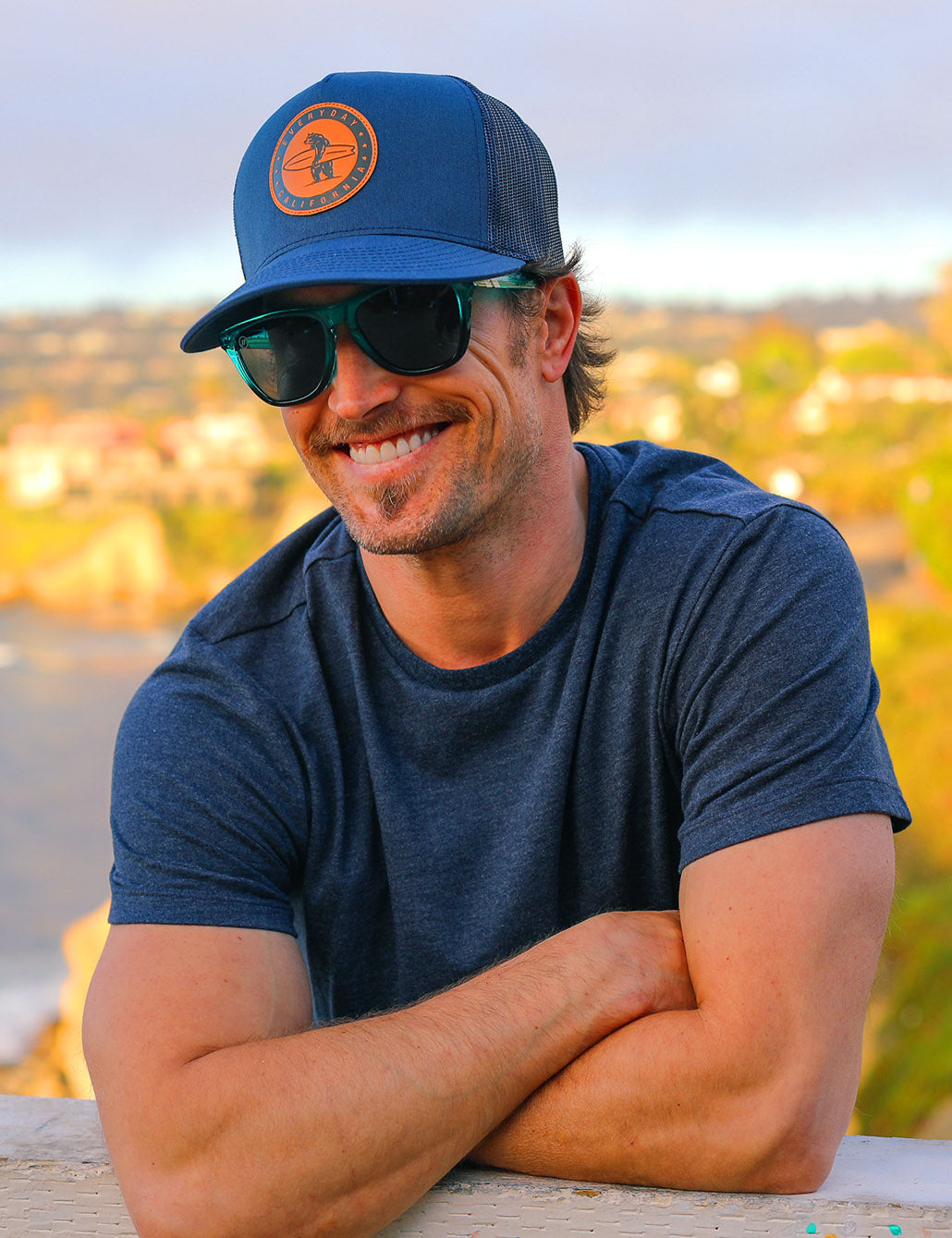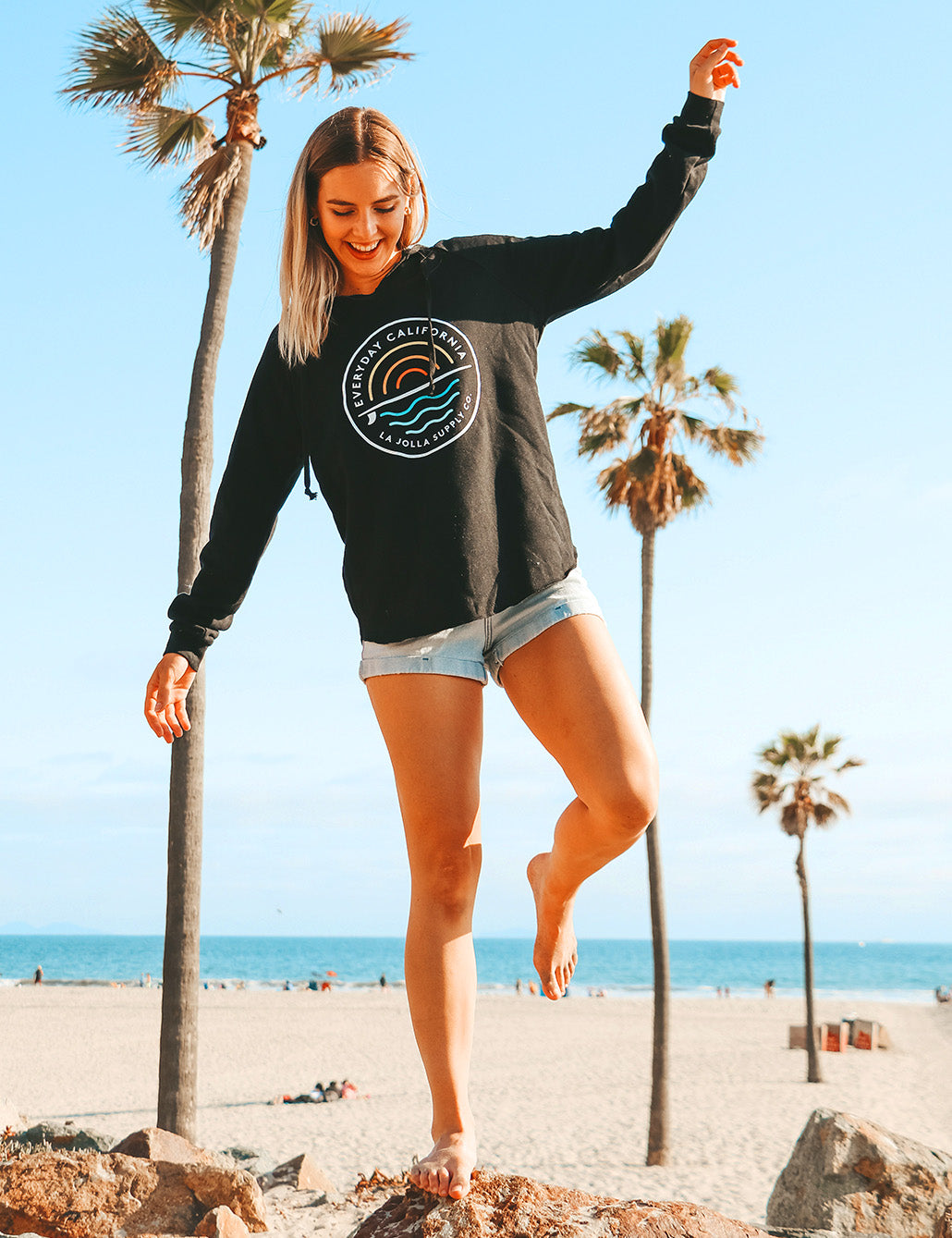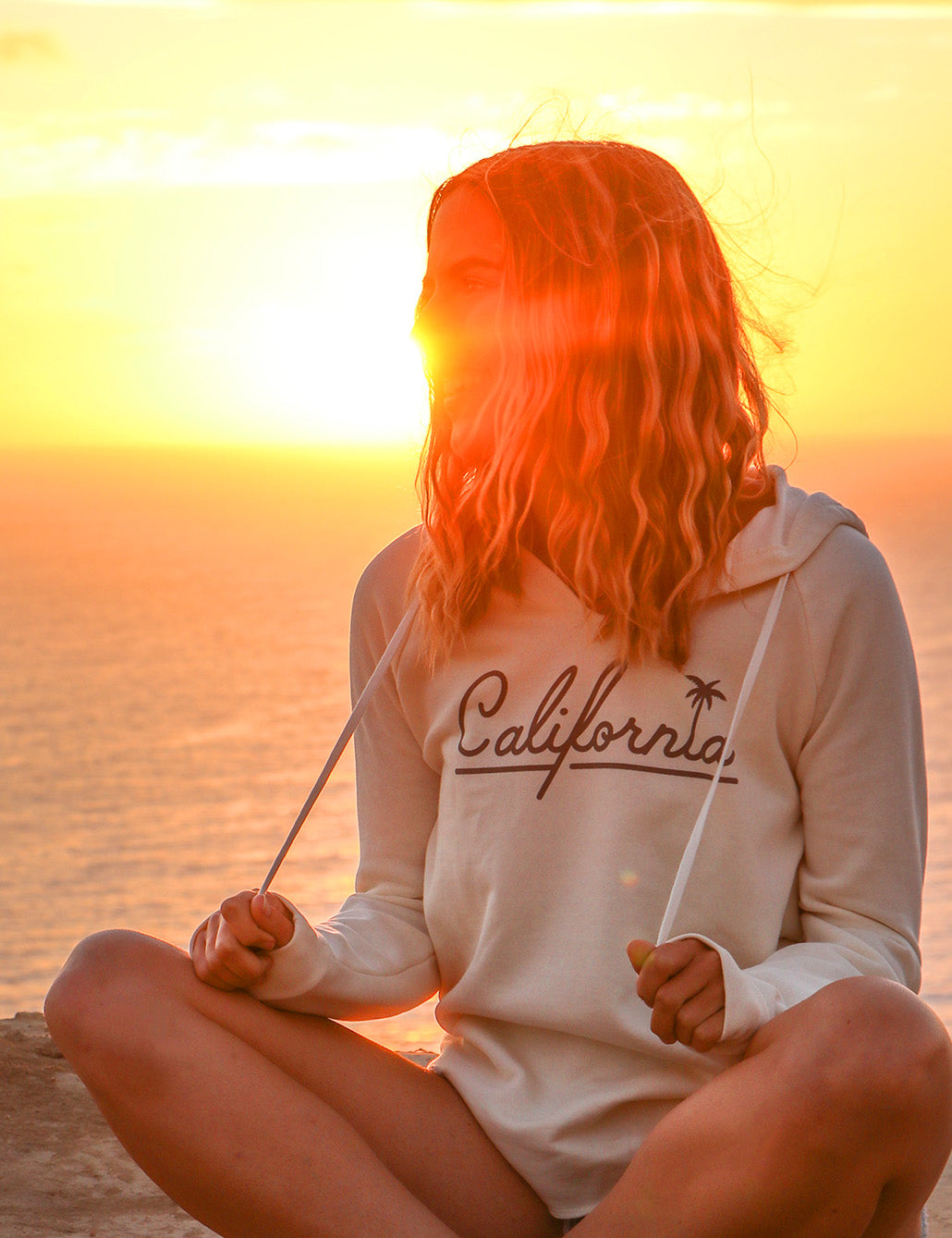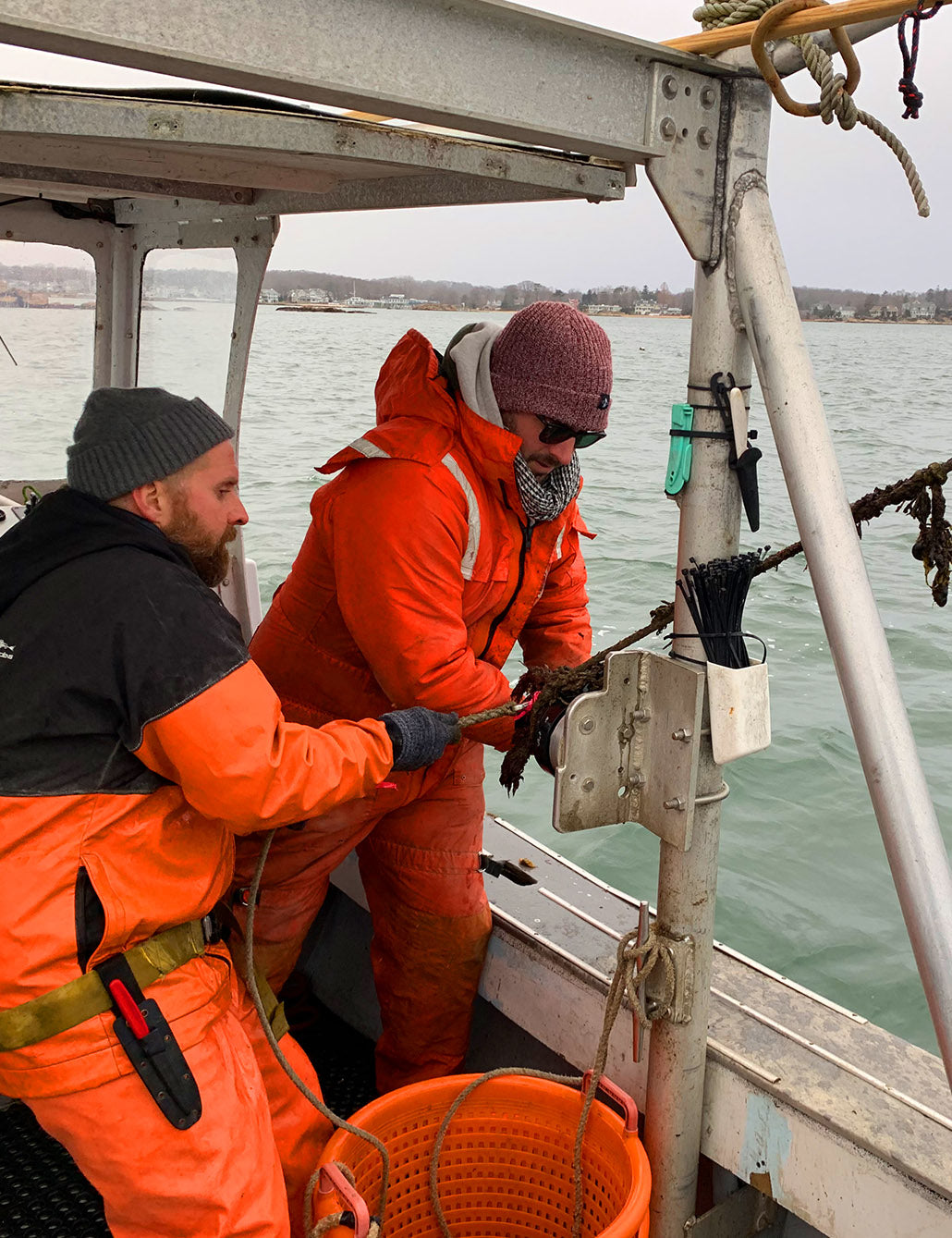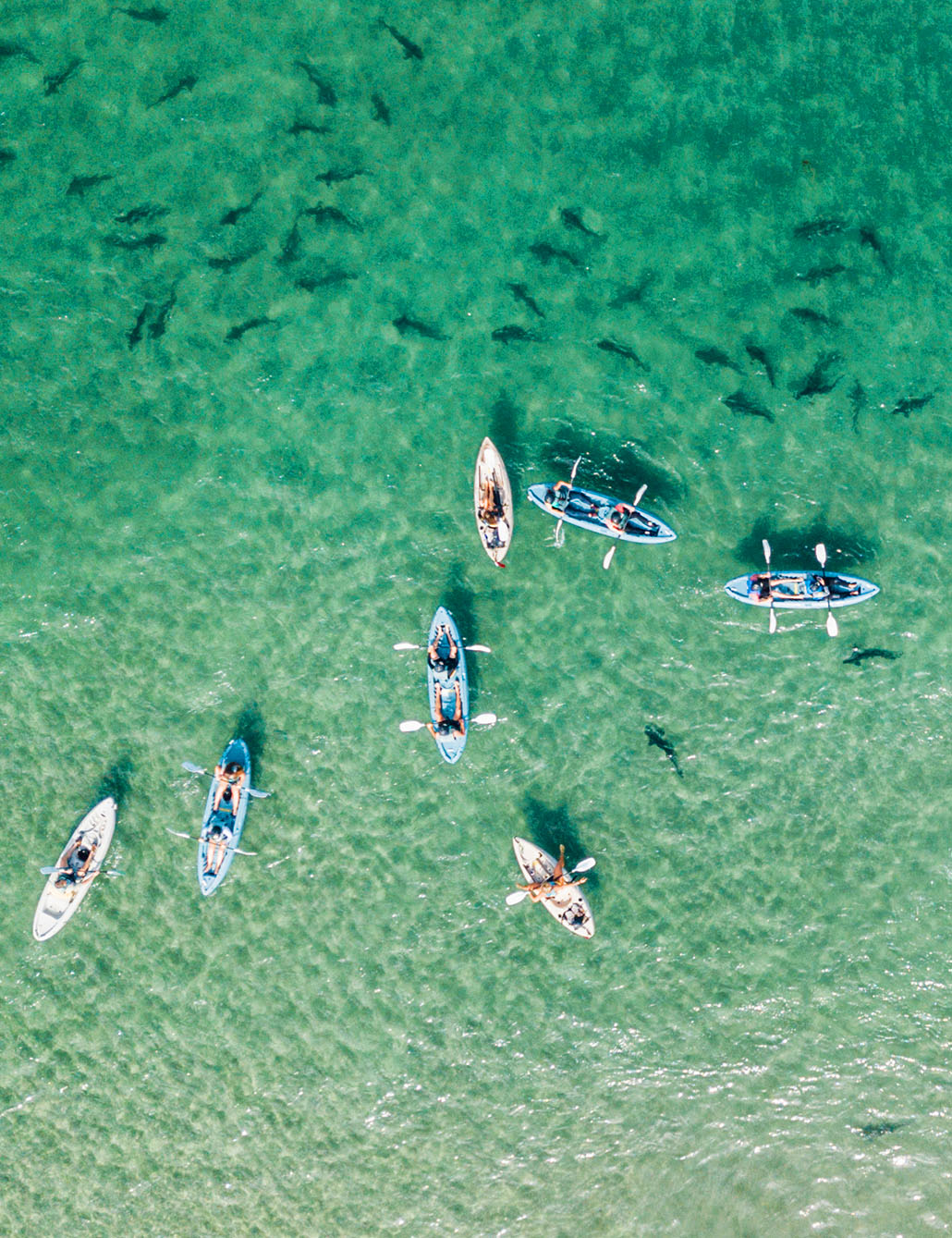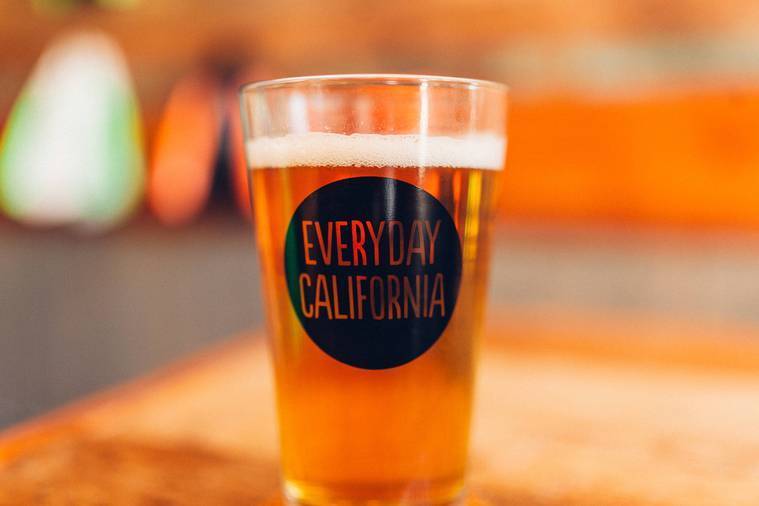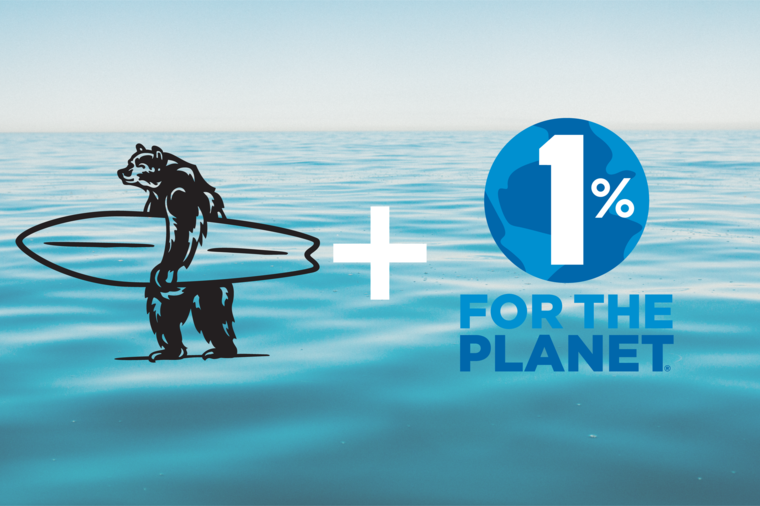By Trey Leslie I Everyday California Head Writer & Resident DJ
Take out your parasols, let’s party like it’s 1899.
More and more people are beginning to realize that chemicals found in the majority of sunscreens - oxybenzone and octinoxate - are detrimental to the health and longevity of our coral reefs.
How does that work? In short, these chemicals prevent coral from absorbing the nutrients needed to remain healthy, preventing growth and disrupting the development of other marine life.
This is a problem for picturesque reefs filled with sunscreen slathered beachgoers. It’s common knowledge that sun lotion easily washes off your skin and into the ocean, especially if you recently rubbed it on. (“Jimmy, wait 30 minutes before you get in the water!” - Jimmy’s Mom)

A sad sea turtle swims above a bleached coral reef
But the ocean is really big. How much harm can a few layers of sunscreen off Bob’s back really do?
Unfortunately, quite a bit. Studies done in Hawaii’s picturesque Hanauma Bay revealed that the 2,600 average visitors deposited about 412 pounds of sunscreen into the water every day. That’s just under 50 gallons.
To put it in perspective, “the damaging effects of sunscreen can occur in concentrations as low as 62 parts per trillion, which is equivalent to one drop of oxybenzone in six Olympic-sized swimming pools.”
Yikes. Hawaii is taking action, and passed a bill on Tuesday that will ban the sale of sunscreen with harmful chemicals, becoming the first US state to take action against toxic lotions. If signed, the ban would begin in 2021.

Hawaii's famous Hanauma Bay
If the ban proves to be effective, it’s not unreasonable to assume that other coastal states will follow, especially California. Our Golden State recorded 251 million visitors (collectively wearing about 40 million gallons of sunscreen), and that number has reportedly only gone up in recent years.
Sure, not all 251 million tourists are diving into the Pacific Ocean with their SPF 1000. But even water from our showers, which is treated before running back into the ocean, contains a lot of the chemicals found in harmful sunscreens.
Hawaiian Senator Laura Thielen put it this way: “So really it’s damaging our corals no matter whether you're wearing it on land or at the beach."

Surf Durt is a California based company making reef safe sun protection | surfdurt.com
What can we do?
Obviously, we don’t want our coral reefs in California to drown in sunscreen. It’s entirely possible (probable, even) that a similar law will come into effect, banning sunscreens with oxybenzone and octinoxate from California beaches.
But due process isn’t exactly the fastest swimmer in the pool, and chance are something needs to go wrong (like our coral reefs start dying) before laws are proposed. At that point, California lawmakers will likely see Hawaii as a role model. But until then?
The solution doesn’t have to involve a terrible sunburn: just use better sunscreen. There are about 3,400 (!) ocean-friendly sunscreens on the market that use natural ingredients, so your skin and the sea can happily coexist.
In a perfect world, beachgoers around the world would take the hint from mother nature and start using reef safe sunscreen exclusively. Until that happens, we'll do what we can: at our shop in La Jolla, we've removed all harmful sunscreens and only sell the good stuff.
Otherwise, you can ditch the lotion and borrow my parasol. Fashion always repeats itself, right?
Forget sunscreen, I'll just wear a shirt

